It’s the battle of the 2017 heavyweights, smartphone camera style. If you haven’t yet noticed, it seems that all major 2017 launches from Android OEMs have great cameras included, and really, what you may think is best is very subjective at this point. However, with this post, I’ll simply share some shots I took on the Pixel 2, LG V30, and Galaxy Note 8, with resizing being the only edits made, then you can decide which one you like best. Let me just say, though, all three shooters are great, so there’s no wrong answer here.
Over the course of the past couple of days, I have used the cameras as I normally would. I took some landscape shots, macros, pictures of my dogs, and even did a short test of the video stabilization found on each device. Naturally, things differ from device to device in terms of specs, and the Pixel 2 only has a single camera compared to the dual setups on the LG V30 and Galaxy Note 8, but to sum it up, this is just a general overview of what these phones offer straight out of the box with no fancy editing or value tweaks.
Now, to make this somewhat interesting, I will embed the photos and then below, I will list which column is which phone. Do you think you can tell which is which? Let’s find out!
Let us begin.
Full Magnification
Galaxy Note 8 | Pixel 2 | LG V30
Well, now that you know which column is which, how’d you do?
Video Stabilization
Conclusion
As I stated, the photos weren’t touched up or edited in any way, but during the resizing and compression process, some details can be lost. Still, from what I can tell, each phone has an incredible camera, with all three being very versatile in varying conditions.
To my eye, it’s clear that the Pixel 2 does not draw in as much light as the V30 or Galaxy Note 8, but in the long run, the photos still turn out great. Instead of what could be a blown out image with too much exposure, there’s a subtle darkness to the images, which allows for better contrast and higher detail.
Naturally, the Pixel 2 doesn’t quite compete when zooming in to the max, given there’s no telephoto lens. However, the Galaxy Note 8 excels at this, with insane amounts of detail remaining even when zoomed in 100%. The LG V30 fared very well in this department, too. For more talk about the Galaxy Note 8’s camera, check out our written and video reviews. If you’re more interested in the V30, our review on that will be coming up soon, too.
The Pixel comes with a 12.2MP (f/1.8, OIS, EIS) camera, which doesn’t jump off the page in relation to other high-count megapixel sensors on the market, but Google obviously took a ton of time tuning not just the hardware, but the software as well. When the HDR+ option is enabled, colors are vibrant but not oversaturated, and when in low light, noise levels are very minimal. For example, in a night sky, you can aim the camera straight up. up the brightness to 100%, then shoot a picture. The resulting image, so long as there is no cloud cover, is a completely black sky with stars shining here and there. It’s quite remarkable, especially when we think back to how awful smartphone cameras used to be in the night time shooting department.
We have much more Pixel 2 to talk about in our full review which will be up later this week.














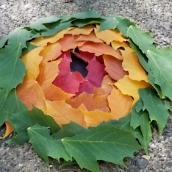
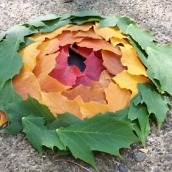








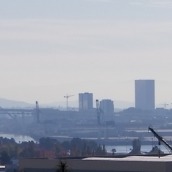
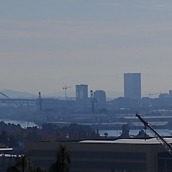
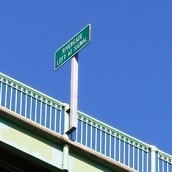
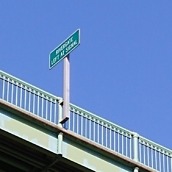
Collapse Show Comments51 Comments